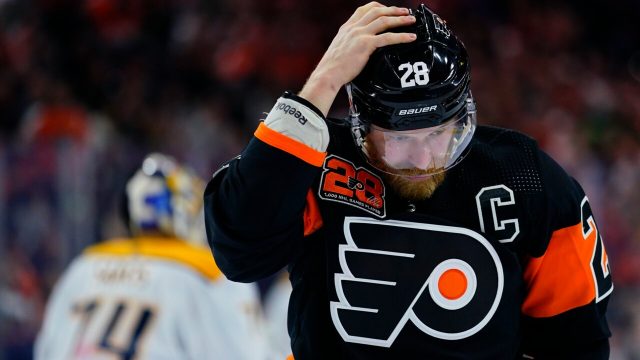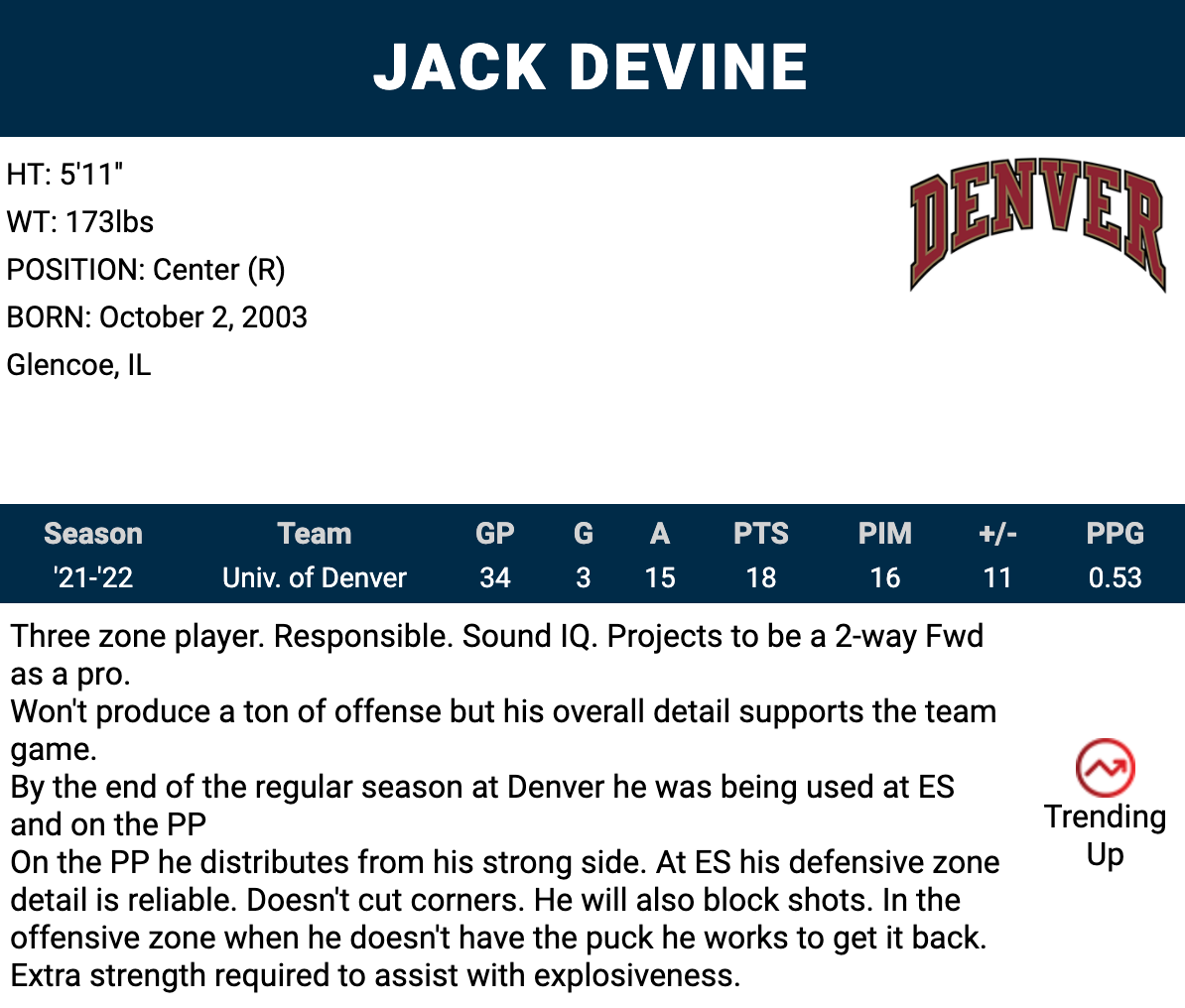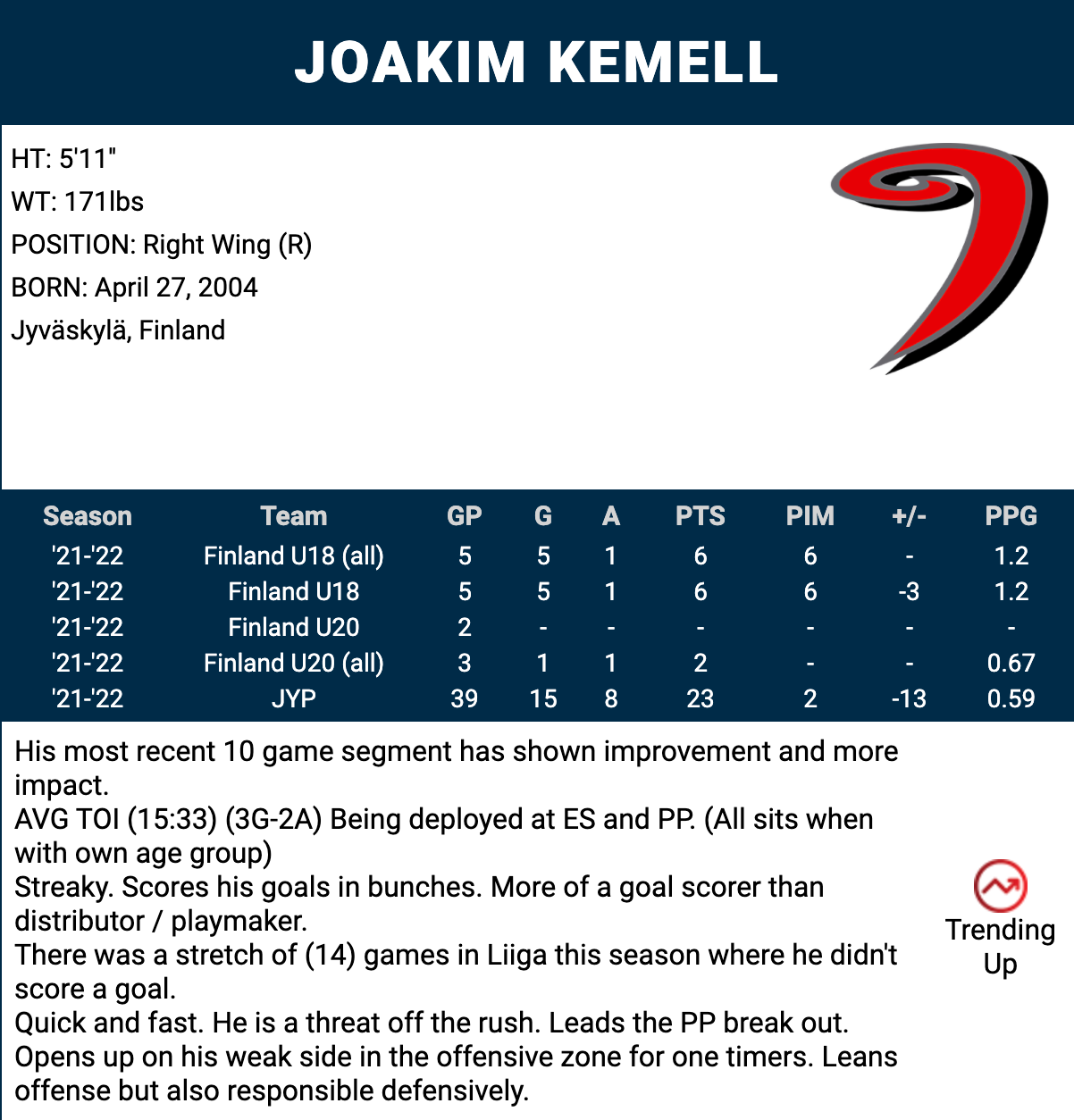
The 2022 trade deadline has come and gone, but the effect of the decisions each organization made will be felt over the coming weeks (for playoff teams) and coming years (for non-playoff teams).
Some upgraded their NHL rosters by adding players. Others traded out of 2021-22, recognizing the need to stockpile draft picks to assist in rebuilding or retooling their organization.
This year marked my 20th NHL Trade Deadline Day, and the majority of my experience came from being directly involved in the process during my time with Nashville and Florida. But when I was observing and analyzing this year’s deadline with Sam Cosentino and Craig MacTavish at Sportsnet we started to see a trend develop throughout the league.

In all my years I can’t remember so many teams trading (and acquiring) draft picks three years out. Sure, at times, teams have traded picks two years out. Especially if they didn’t have a first-round pick from the next draft to offer. But trading three drafts out happened a few times this season.
A trade that really caught my eye this year was the one in which Philadelphia sent Claude Giroux to Florida.
One of the worst kept secrets was that Giroux wanted to land in Florida. He had informed the Flyers that he would waive his no-movement clause to go to the Panthers. It was his preferred destination.
But let’s take a closer look at the return:
To Florida: Claude Giroux, Connor Bunnaman, German Rubstov, 2024 fourth-rounder
To Philadelphia: Owen Tippett, first-round pick in 2024 OR 2025, 2023 third-round pick
Consider this :
• Players for the 2023 draft are (for example) first-years currently playing in the CHL
• Players for the 2024 draft are (for example) currently playing Ontario U16 hockey
• Players for the 2025 draft are (for example) currently playing Major Bantam hockey in Ontario. In other words, kids who are enjoying their Grade 9 year of high school!
The scenario brought back memories of the first time I viewed Brad Lambert, a 2022 NHL draft eligible player, at the Hlinka/Gretzky tournament in the summer of 2019. He was 15 years old at the time and three years away from his NHL draft year. In the five games he represented Finland at that tournament he scored three goals. He was one of the most electric players at the event. He was on the radar, and his progress would now be scrutinized every step of the way.
Fast forward to today and Lambert is still considered to be a top tier talent for the NHL draft, but he has suffered through peaks and valleys the past couple years and struggled with his consistency.
So why are teams seemingly more open to acquiring picks so far out?
Perhaps we are seeing another trickle-down effect of the pandemic when analyzing draft pick strategies. The reality is organizations have had a challenging time gathering comfortable information on players around the globe during these unusual circumstances.
The reset has also provided “capologists” and “data collectors” an opportunity to come up with new strategies. A flat cap this season and only a marginal increase next season has potentially led organizations to take a longer view and come up with the most appropriate time to have players graduating into their contractual depth charts. Perhaps they are flush with depth and the way they forecast players entering and exiting their organization means it makes more sense to have less picks now and more picks moving forward. Remember, you can only have 50 contracts at a given time.
The fact teams are trading picks so far out also leads me to conclude there is a possibility that players will be scouted more actively from a much younger age. How can they not? The more historical data teams can collect on players — the more “eyes” they get on prospects — the better.
If I’m running an NHL scouting department I would consider reaching out to the head scouts of major junior teams (for example) to see if they are interested in assisting our team with building profiles on U15 and U16 players.
There’s also a strategy that comes with owning so many picks. Maybe you don’t use them all to select a player, and instead flip a few to move up in the order and select a player you really want. That could come into play even for the 2022 draft – the difficult scouting circumstances could leave some teams believing they can find value.
Here are some names NHL staffs will be strategizing to put in the right order on their 2022 draft lists in the coming weeks :
Reid Dyck, G, Swift Current Broncos (WHL)
Scout’s Analysis: Coming off a positive viewing at the Top Prospects Game. Good size. Competes. Made second (at times third) saves. Good feet. Quick pads down low.
With picks trading places at the deadline and Ottawa acquiring a fifth-rounder from Winnipeg in the Zach Sanford trade – giving them three fifth-rounders in 2022 — it’s an example of how to invest the pick if the Sens are interested in this player. Extra picks always provide more flexibility to move up or back in the draft. If a team acquires draft capital and they like the player (Dyck) they can step up to him when they are comfortable.
Owen Pickering, D, Swift Current Broncos (WHL)
Scout’s Analysis: Big body (6-foot-4) and lean (178 pounds). He’s mobile and agile. Made several small area (pocket) plays at the Top Prospects Game. Loads of room to add more strength and weight. Sees the ice. Smart.
The Montreal Canadiens have two firsts, three seconds and three thirds in 2022. They have their own pick and also Calgary’s first round selection. They also own their own pick in the second round, which will be an early one. In Sam Cosentino’s most recent draft rankings, Pickering came in 25th overall. If the Habs like Pickering, this is a prime example of how having draft capital can allow you to be creative and get to a spot where you can pick the player.
Kevin Korchinski, D, Seattle Thunderbirds (WHL)
Scout’s Analysis: Another “D” with size (6-foot-2, 185 pounds). He also has room to add more strength and weight. A bit of an unusual stride but he gets to his place on time. Agility is not an issue. Competes. Has long reach. Sneaky skill. He sees the ice and has good touch. Distributor more than a shooter.
Hello Seattle! The Kraken have loads of draft capital and this player – ranked 21st overall by Sam Cosentino — is right in their back yard. If they value him they have the picks to control where they’d feel comfortable taking him. The Kraken have four second-round picks as leverage. When you have this amount of picks it affords you the luxury of trading up to get a player you like, picking him in your slot, or you can trade back for more picks if it just doesn’t work out right. It’s the ultimate amount of control you can have on the floor.
Jack Devine, RW, University of Denver (NCAA)
Scout’s Analysis: Value pick. He plays a responsible game. Historically he has never provided high end offensive production. As a freshman at Denver he provided secondary scoring. The kind of player who won’t let you down. He competes on the defensive side (willing to block shots) and wants the puck in the offensive zone (battles). Added leg strength should give him more out of the gate. Took a regular shift at even strength and was rewarded with some power play time down the stretch this season.
If you are a team with extra picks in the third round, and you value this player, you draft him where you feel most comfortable. But if you really value him and feel a team in front of you is on him as well, pick up the phone and offer an extra pick in the fifth- or sixth-round to swap third-rounders and nab him.
Joakim Kemell, RW, JYP (Liiga)
Scout’s Analysis: Plays quick and fast. A threat off the rush. Used at even strength and power play in Liiga. His element is offence, but he’s streaky. The majority of his production came in the first quarter of the year, followed by a 14-game drought, then a most recent segment of three goals and two assists in his past 10 games. Risk/reward player?
This is a player that teams with multiple picks can strategize around. Ranked sixth overall by Cosentino, Kemell might fall in the draft and teams will be looking to trade to take a shot on him. Conversely, he is exactly the kind of player that a team might not be in love with and they could have intel that the team behind them does covet him. So while he’s a candidate as someone a team could trade up for, he could cause other to balk at him and trade back because of. A trade back in the first round usually nets you an extra pick in the second round.
Five 2022 NHL draft prospects of interest and the art of pick trading
Source: Pinas Ko Mahal







0 Mga Komento